Home>Interior Design>How To Tile In A Shower: Step-by-step
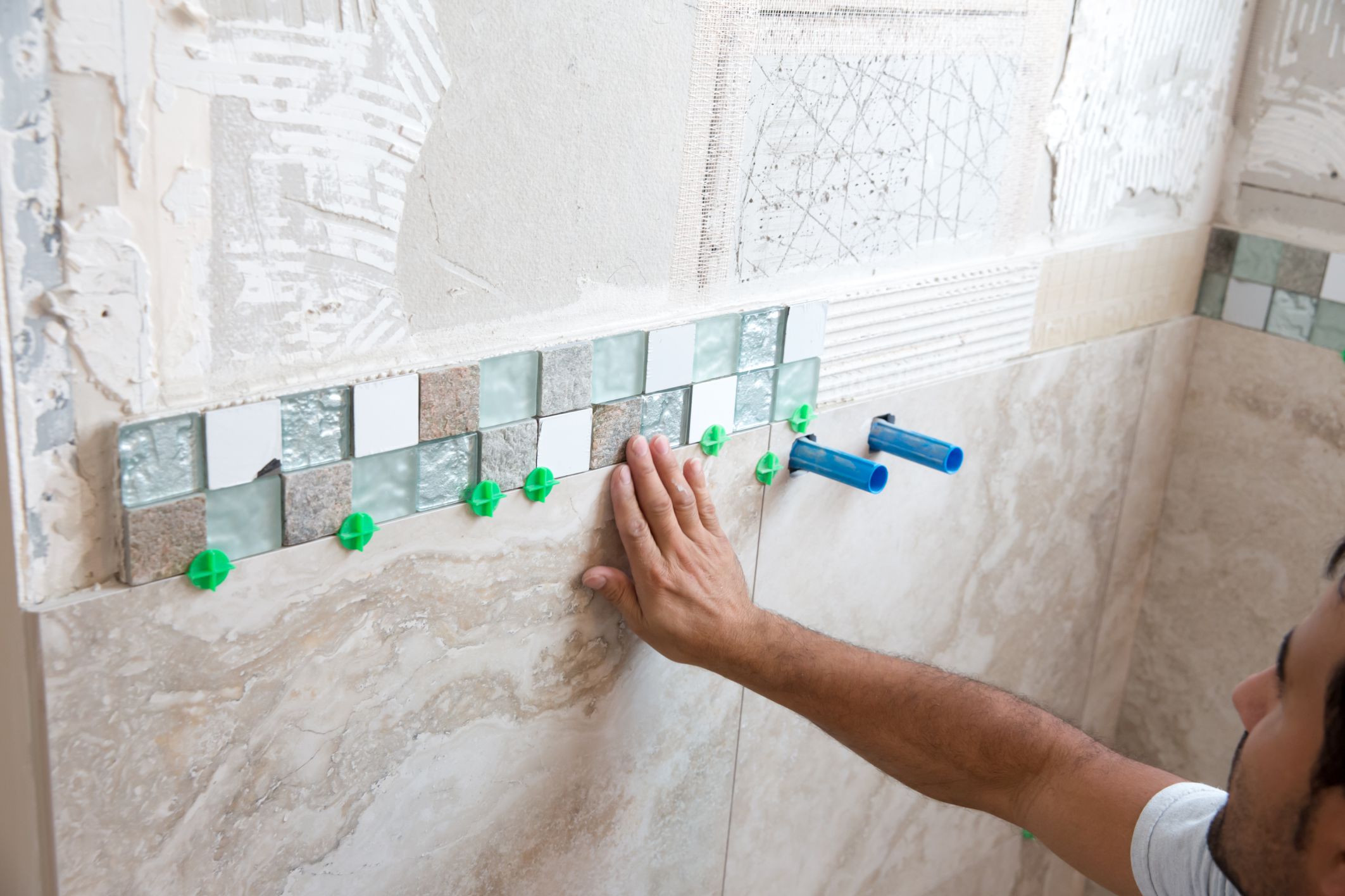

Interior Design
How To Tile In A Shower: Step-by-step
Modified: February 10, 2024
Learn how to tile your shower with this step-by-step guide. Enhance your interior design skills and create a beautiful bathroom space.
(Many of the links in this article redirect to a specific reviewed product. Your purchase of these products through affiliate links helps to generate commission for Storables.com, at no extra cost. Learn more)
Introduction
Welcome to the wonderful world of interior design! If you’re looking to transform your space and give it a fresh new look, one of the best ways to do that is by adding some beautiful tiling. Tiled surfaces not only add aesthetic appeal, but they are also durable and easy to maintain. One of the most popular areas to incorporate tiling is in the shower. Whether you’re renovating or starting from scratch, knowing how to tile a shower is a valuable skill that can elevate the look and functionality of your bathroom.
In this article, we will guide you through the step-by-step process of tiling a shower. From gathering the necessary materials to the finishing touches, we’ll cover everything you need to know to successfully tackle this project. So, put on your DIY hat and get ready to transform your shower into a stunning oasis of relaxation!
Before we dive into the specifics, it’s important to note that tiling a shower is a multi-step process that requires attention to detail and careful planning. It’s essential to set aside enough time for the project and approach it with patience and precision. The end result will be well worth the effort!
Now, let’s get started on your journey to becoming a shower tiling expert!
Key Takeaways:
- Transform your shower into a stunning oasis by following this step-by-step guide to tiling. From preparation to finishing touches, create a space that’s both visually appealing and functional.
- Elevate your shower space with careful planning, precision, and attention to detail. Tiling a shower is a challenging yet rewarding project that can enhance the beauty and functionality of your bathroom.
Read more: How To Grout Tiles: Step-by-step
Step 1: Gather Materials
Before you can begin tiling your shower, it’s important to gather all the necessary materials. Having everything on hand will not only ensure a smooth workflow but also prevent any unnecessary delays. Here’s a list of the basic materials you’ll need:
- Tiles: Choose the type, size, and color of tiles you want to use for your shower walls and floor. Keep in mind that certain tiles are more suitable for wet areas, so be sure to select ones that are specifically designed for use in showers.
- Tile adhesive: This is the glue that will hold your tiles in place. Opt for a high-quality adhesive that is suitable for your tile type and the surface you’ll be tiling onto.
- Grout: Grout is used to fill the gaps between your tiles, providing stability and preventing moisture from seeping in. Choose a color that complements your tiles and gives the desired aesthetic effect.
- Tile spacers: These little tools are essential for ensuring even spacing between your tiles. They come in different sizes, so choose the ones that match the gap width you desire.
- Trowel: A notched trowel is used for spreading adhesive onto the surface. The size of the trowel notches should be suitable for the type of tile adhesive you’re using.
- Tile cutter: Unless you’re lucky and all your tiles fit perfectly, you’ll need a tile cutter to trim and shape tiles to fit around corners, edges, and fixtures.
- Sponge and bucket: You’ll need these for cleaning up excess adhesive and grout as you work.
- Level and measuring tools: These will help you ensure that your tiles are properly aligned and level.
- Protective gear: Safety should always be a priority. Wear gloves, safety glasses, and a dust mask when working with adhesives, grout, and cutting tiles.
While this is a basic list of materials, your specific project may require additional tools and supplies. It’s always a good idea to consult with a hardware store or professional for personalized recommendations based on your project’s requirements.
Now that you have your materials ready, it’s time to move on to the next step: preparing the shower area.
Step 2: Prepare the Shower Area
Before you can start tiling, it’s crucial to properly prepare the shower area. This includes removing any existing tiles or wall coverings, as well as ensuring that the surface is clean, dry, and free from any debris.
Here are the steps to prepare the shower area:
- Remove existing tiles: If there are old tiles on the walls or floor of the shower, they need to be removed. Use a hammer and chisel to carefully chip away at the tiles and remove any adhesive residue.
- Clean the surface: Thoroughly clean the walls and floor of the shower area to remove any dust, dirt, or grease. Use a mild detergent and water to wash the surface, and allow it to dry completely before proceeding.
- Repair any damage: Inspect the shower area for any cracks, holes, or other damage. Patch up these areas with a suitable repair compound and allow it to dry as per the manufacturer’s instructions.
- Check for levelness: Use a level to ensure that the walls and floor of the shower are even and plumb. If there are any uneven areas, you may need to use a leveling compound to create a smooth and level surface.
- Protect surrounding areas: Cover any nearby fixtures, surfaces, or furniture with protective plastic sheets or drop cloths to prevent them from getting damaged during the tiling process.
Properly preparing the shower area is essential for ensuring a successful and long-lasting tile installation. Taking the time to remove old tiles, clean the surface, and repair any damage will provide a solid foundation for your new tiles.
Once you’ve completed these preparatory steps, you’re ready to move on to the next stage: measuring and planning your tile layout.
Step 3: Measure and Plan
Measuring and planning your tile layout is a critical step in the tiling process. Proper measurements and careful planning will ensure that your tiles fit perfectly and that the overall design is visually pleasing. Here’s what you need to do:
- Measure the shower area: Measure the height and width of the shower walls and the dimensions of the shower floor. Use a tape measure to get accurate measurements, and write them down.
- Create a layout plan: Using graph paper or a digital design tool, create a layout plan for the shower area. Consider the size and shape of your tiles, as well as any patterns or accents you want to incorporate. This will help you visualize how the tiles will look once installed.
- Account for spacing: Remember to account for the width of grout lines when planning your tile layout. Use tile spacers as guides to ensure consistent spacing between tiles for a professional finish.
- Plan for cuts: Take note of any areas where tiles will need to be cut to fit around fixtures, corners, or edges. Plan your tile layout accordingly to minimize the number of cuts and ensure a cohesive design.
- Dry fit the tiles: Before applying adhesive, do a dry fit of the tiles to check if your measurements and layout plan are accurate. Adjust as necessary to achieve the desired look.
Properly measuring and planning your tile layout is crucial to avoid any costly mistakes and ensure a seamless installation. It’s worth taking the time to carefully consider the size, pattern, and layout of your tiles to create a visually appealing and functional shower space.
Once you’ve completed the measurement and planning phase, it’s time to move on to the exciting part: tiling the walls!
Step 4: Start Tiling the Walls
Now that you’ve prepared the shower area and planned your tile layout, it’s time to start tiling the walls. This step requires precision and attention to detail to ensure that the tiles are properly aligned and securely adhered. Follow these steps to successfully tile the walls of your shower:
- Start from the bottom: Begin by applying a thin layer of tile adhesive to the bottom section of the shower wall, using a notched trowel to create even ridges. Start from the center and work your way outwards.
- Press the tiles into place: Carefully press the first tile onto the adhesive, using the tile spacers to ensure proper spacing. Use a level and a rubber mallet to gently tap the tile into place, ensuring it is level and plumb.
- Continue tiling: Apply adhesive to the next section of the wall and repeat the process of placing the tiles. Be sure to use tile spacers between each tile for consistent spacing.
- Trim tiles as needed: If you encounter areas where tiles need to be trimmed to fit around fixtures or corners, use a tile cutter to carefully cut them to the appropriate size and shape. Take your time to ensure accurate cuts.
- Apply adhesive and tiles to the remaining sections: Repeat the process of applying adhesive and placing tiles until the entire shower wall is covered. Check periodically with a level to ensure that the tiles are straight and level.
- Allow the adhesive to dry: Follow the manufacturer’s instructions for the drying time of the adhesive. It’s important to allow sufficient drying time to ensure that the tiles are securely bonded to the wall.
Remember to work in small sections to prevent the adhesive from drying out before you can place the tiles. Take breaks as needed, but try to maintain a consistent pace to ensure a smooth and even finish.
Once the adhesive has fully dried, you can proceed with grouting the tiles. But before that, let’s move on to the next step: tiling the shower floor.
Read more: How To Tile A Backsplash: Step By Step
Step 5: Tile the Shower Floor
With the walls tiled and the adhesive dried, it’s time to move on to tiling the shower floor. Tiling the floor requires careful planning and precision to create a level surface that is both functional and visually appealing. Follow these steps to tile your shower floor:
- Prepare the floor: Ensure that the shower floor is clean, level, and free from any debris. Use a level to check for any uneven areas or dips that may need to be addressed before tiling.
- Apply adhesive: Use a notched trowel to apply a layer of tile adhesive to a small section of the floor, starting from the center and working your way outwards.
- Place the tiles: Carefully place the first tile onto the adhesive, pressing it firmly to ensure proper adhesion. Use tile spacers to maintain consistent spacing between tiles.
- Continue tiling: Apply adhesive to the next section of the floor and continue placing tiles, using the tile spacers and a level to ensure a uniform and level surface.
- Trim tiles as needed: Just like with the walls, you may encounter areas where tiles need to be trimmed to fit around fixtures or edges. Use a tile cutter to make precise cuts and ensure a seamless fit.
- Allow the adhesive to dry: Give the adhesive ample time to dry completely before proceeding to the next step. Refer to the manufacturer’s instructions for the recommended drying time.
It’s important to pay special attention to the slope of the shower floor to ensure proper drainage. The floor should slope slightly towards the drain to prevent water pooling. Check the slope regularly as you tile to ensure it meets the necessary requirements.
Once the adhesive has dried, you can proceed to grouting the tiles. But before we get to that, let’s move on to the next step: installing the shower fixtures.
Make sure to waterproof the shower walls before tiling to prevent water damage. Use a waterproof membrane or cement backer board for best results.
Step 6: Install the Shower Fixtures
Now that the walls and floor of your shower are beautifully tiled, it’s time to install the shower fixtures. Properly installing the fixtures is essential for a fully functional and visually appealing shower space. Here’s how you can install the shower fixtures:
- Preparation: Before installing the fixtures, make sure you have all the necessary tools and materials, including the fixtures themselves, a wrench, plumber’s tape, and silicone sealant.
- Shut off the water supply: Locate the water shut-off valves and turn off the water supply to the shower. This will prevent any water leaks or accidents during the installation process.
- Remove the old fixtures: If you’re replacing existing fixtures, use a wrench to carefully remove them from the shower wall. Ensure that any old sealant or adhesive is cleaned off the area.
- Wrap the plumbing connections: Apply plumber’s tape around the threads of the plumbing connections to create a watertight seal. This will help prevent leaks and ensure a secure connection.
- Attach the new fixtures: Follow the manufacturer’s instructions to properly attach and secure the new fixtures to the shower wall. Use a wrench to tighten the connections, being careful not to over-tighten and damage the fixtures or plumbing.
- Apply silicone sealant: Using silicone sealant, apply a thin bead around the base of the fixtures where they meet the shower wall. This will create a watertight seal and prevent moisture from entering behind the fixtures.
- Allow the sealant to dry: Follow the recommended drying time for the silicone sealant before turning the water supply back on and using the shower.
It’s important to ensure that the fixtures are properly installed and sealed to prevent any water damage and leaks. Take your time during this step and double-check your work to ensure everything is secure and functioning correctly.
With the fixtures installed, we’re now ready to move on to the next step: grouting the tiles.
Step 7: Grout the Tiles
With the tiles securely in place, it’s time to give your shower that finished look by grouting the tiles. Grout not only fills the gaps between the tiles for a polished appearance but also provides stability and prevents moisture from seeping behind the tiles. Follow these steps to effectively grout your shower tiles:
- Prepare the grout: Follow the manufacturer’s instructions to properly mix the grout. Ensure that you have the right consistency for easy application.
- Apply the grout: Using a grout float, spread the grout over the tiles at a 45-degree angle, pressing it into the gaps between the tiles. Work in small sections to prevent the grout from drying out before you can finish.
- Remove excess grout: After applying the grout, use the edge of the grout float or a grout sponge to remove excess grout from the surface of the tiles. Hold the float or sponge at a 45-degree angle and swipe diagonally across the tiles.
- Clean the tiles: Once you’ve removed most of the excess grout, use a clean sponge and water to wipe the tiles clean. Rinse the sponge frequently to ensure a thorough cleaning. Be careful not to remove too much grout from the gaps.
- Allow the grout to set: Follow the recommended curing time provided by the grout manufacturer. Avoid using the shower or getting the tiles wet during this time to allow the grout to fully set.
- Seal the grout: To ensure the longevity of your grout and protect it from stains, consider applying a grout sealer. Follow the instructions provided by the sealer to apply it evenly over the grout lines.
Grouting can be a messy process, so take your time and work carefully to achieve clean and consistent grout lines. It’s important to maintain the integrity of the grout, as it not only enhances the look of your shower but also provides crucial protection to the tiles and underlying structures.
With the grout set and sealed, your shower is starting to look spectacular! Next up, we’ll tackle the final step: cleaning and sealing the tiles.
Step 8: Clean and Seal the Tiles
Now that the grout has cured and the tiles are in place, it’s time to give your shower a final touch by cleaning and sealing the tiles. This step will ensure that your tiles retain their beauty and are protected for years to come. Here’s how you can clean and seal the tiles in your shower:
- Prepare a cleaning solution: Mix a mild non-abrasive cleaner with water in a bucket according to the manufacturer’s instructions. Avoid using harsh chemicals or abrasive cleaners that can damage the tiles or grout.
- Apply the cleaning solution: Use a sponge or soft cloth to apply the cleaning solution to the tiles. Focus on any areas that may have dirt, grime, or residue from the tiling process.
- Scrub the tiles: Use a soft-bristle brush or sponge to gently scrub the tiles in a circular motion. Pay attention to the grout lines and any stubborn stains or spots that require extra attention.
- Rinse the tiles: Thoroughly rinse the tiles with clean water to remove any cleaning solution residue. Use a clean sponge or cloth to ensure all the cleaner is removed.
- Allow the tiles to dry: Give the tiles ample time to air dry before proceeding with the sealing process. Ensure that the shower area is well-ventilated to speed up the drying process.
- Seal the tiles: Apply a tile sealer using a paintbrush or sponge. Follow the manufacturer’s instructions on the sealer bottle for proper application techniques and drying time. Apply multiple coats if required, allowing each coat to dry before applying the next.
- Buff the tiles: Once the sealer has dried, use a soft cloth to buff the tiles to a shine, removing any excess sealer and ensuring a polished finished look.
Cleaning and sealing the tiles will help protect them from stains, moisture, and daily wear and tear. Regular maintenance and cleaning will prolong the lifespan of your tiles and keep them looking their best.
With the tiles clean and sealed, your shower project is almost complete. We just have one last step to add those final touches and complete the transformation. Let’s move on to step 9: the finishing touches!
Read more: How To Remove Floor Tiles: Step-by-step
Step 9: Finishing Touches
Congratulations! You’re almost done with your shower tiling project. This final step is all about adding those finishing touches to complete the transformation and give your shower that extra touch of style and functionality. Here are some ideas for the finishing touches:
- Install shower accessories: Add practical and decorative elements to your shower, such as a shower caddy, towel hooks, or a built-in bench. These accessories not only enhance the functionality of your shower but also add a touch of convenience.
- Choose a shower curtain or enclosure: Depending on your preferences and the design of your bathroom, select a shower curtain or enclosure that compliments your newly tiled shower. This will provide privacy and help contain water, preventing any potential leaks or spills.
- Consider accent tiles: Add visual interest and personality to your shower by incorporating accent tiles. These can be used to create a focal point, a border, or even a decorative pattern within your tiled walls or floor.
- Upgrade shower fixtures: If your budget allows, consider upgrading your shower fixtures to enhance both the functionality and aesthetics of your shower. Choose fixtures that match your desired style and provide features like adjustable water pressure or temperature control.
- Add lighting: Install suitable lighting fixtures in the shower area to set the mood and create a soothing ambiance. Ensure that the fixtures are properly sealed and designed for use in wet areas.
- Accessorize with towels and bath mats: Choose coordinating towels and bath mats that complement the color and style of your tiles. This will add a cozy and welcoming touch to your shower space.
- Keep it clean: Regularly clean and maintain your newly tiled shower to ensure its longevity and maintain its pristine appearance. Use non-abrasive cleaners and gentle scrubbing tools to avoid damaging the tiles and grout.
By paying attention to these finishing touches, you can elevate the overall aesthetic and functionality of your shower. Customizing your shower space with these extra details will make it feel like your own personal oasis!
With the finishing touches complete, step back and admire your beautiful tiled shower. You’ve transformed your bathroom into a space that’s not only visually appealing but also functional and enjoyable to use.
Remember, while tiling a shower can be a challenging project, the end result is well worth the effort. So, take pride in your accomplishment and enjoy the satisfaction of a job well done!
Thank you for following along with this step-by-step guide on how to tile a shower. We hope this article has been informative and helpful in your tiling journey. Now go ahead and enjoy your new shower!
Conclusion
Congratulations on completing your shower tiling project! By following the step-by-step guide outlined in this article, you have successfully transformed your bathroom into a stunning and functional space. Tiling a shower may seem like a daunting task, but with careful planning, patience, and attention to detail, you have achieved remarkable results.
Throughout the process, you have learned how to gather the necessary materials, prepared the shower area, measured and planned the tile layout, tiled the walls and floor, installed the fixtures, grouted the tiles, cleaned and sealed them, and added those final finishing touches. Each step played a crucial role in ensuring a successful outcome.
The beauty of a tiled shower lies not only in its aesthetic appeal but also in its durability and ease of maintenance. Tiled surfaces are resistant to water damage and are relatively simple to clean. By properly maintaining your newly tiled shower, you can enjoy its beauty and functionality for years to come.
Remember, the key to a successful tiling project is attention to detail. Take your time, double-check your measurements, and ensure that each tile is properly aligned and securely adhered. Following best practices and using high-quality materials will yield the best results.
We hope this comprehensive guide has been informative and valuable in helping you embark on your shower tiling journey. By combining your newfound knowledge with your creative ideas, you can continue to enhance your home and create spaces that reflect your personal style.
Enjoy your newly tiled shower and take pride in your accomplishment. Remember, with the right tools, materials, and techniques, you can tackle any interior design project. Happy tiling!
Frequently Asked Questions about How To Tile In A Shower: Step-by-step
Was this page helpful?
At Storables.com, we guarantee accurate and reliable information. Our content, validated by Expert Board Contributors, is crafted following stringent Editorial Policies. We're committed to providing you with well-researched, expert-backed insights for all your informational needs.
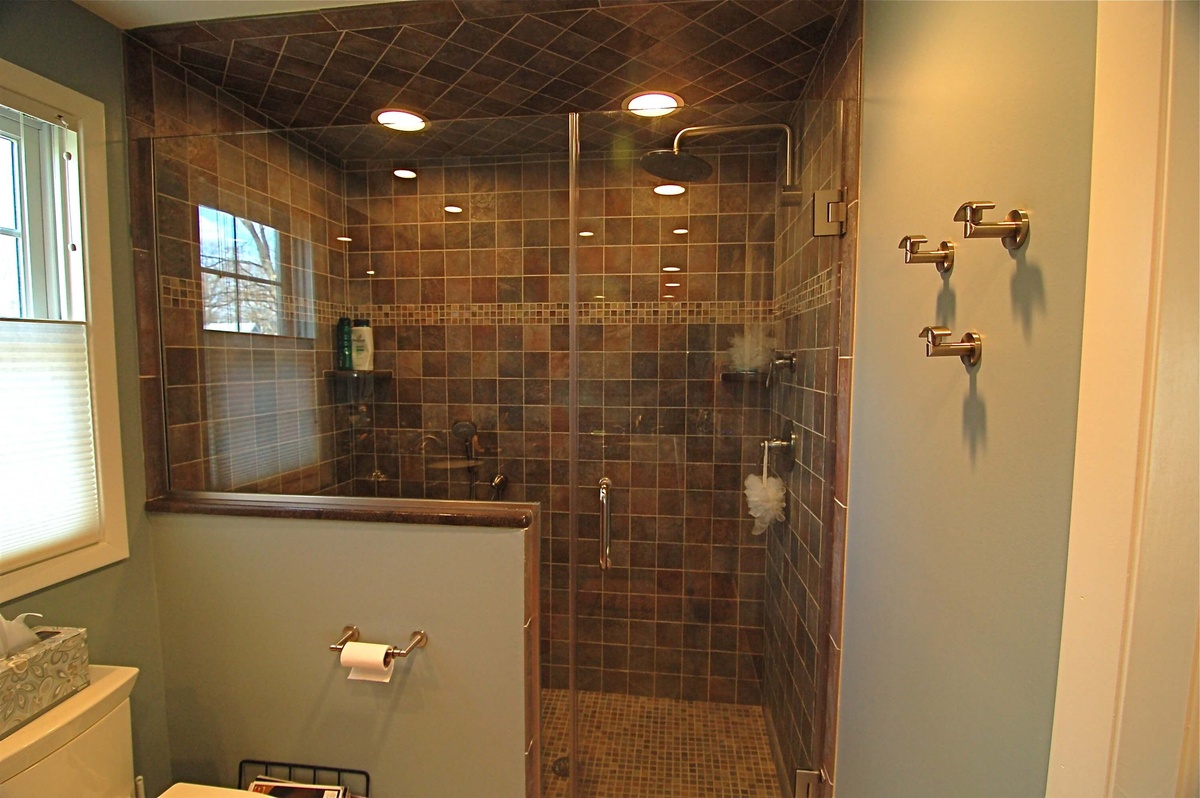
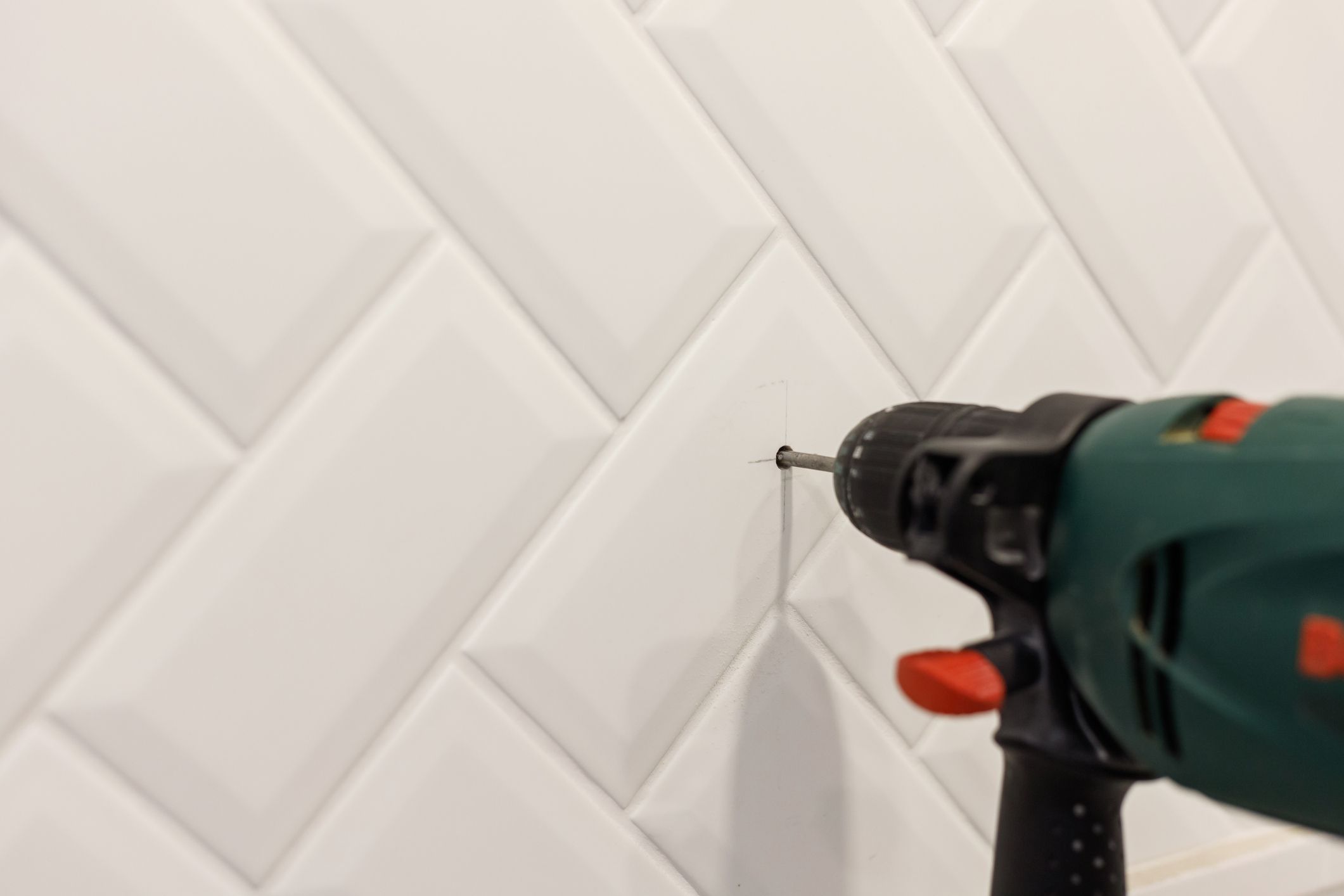
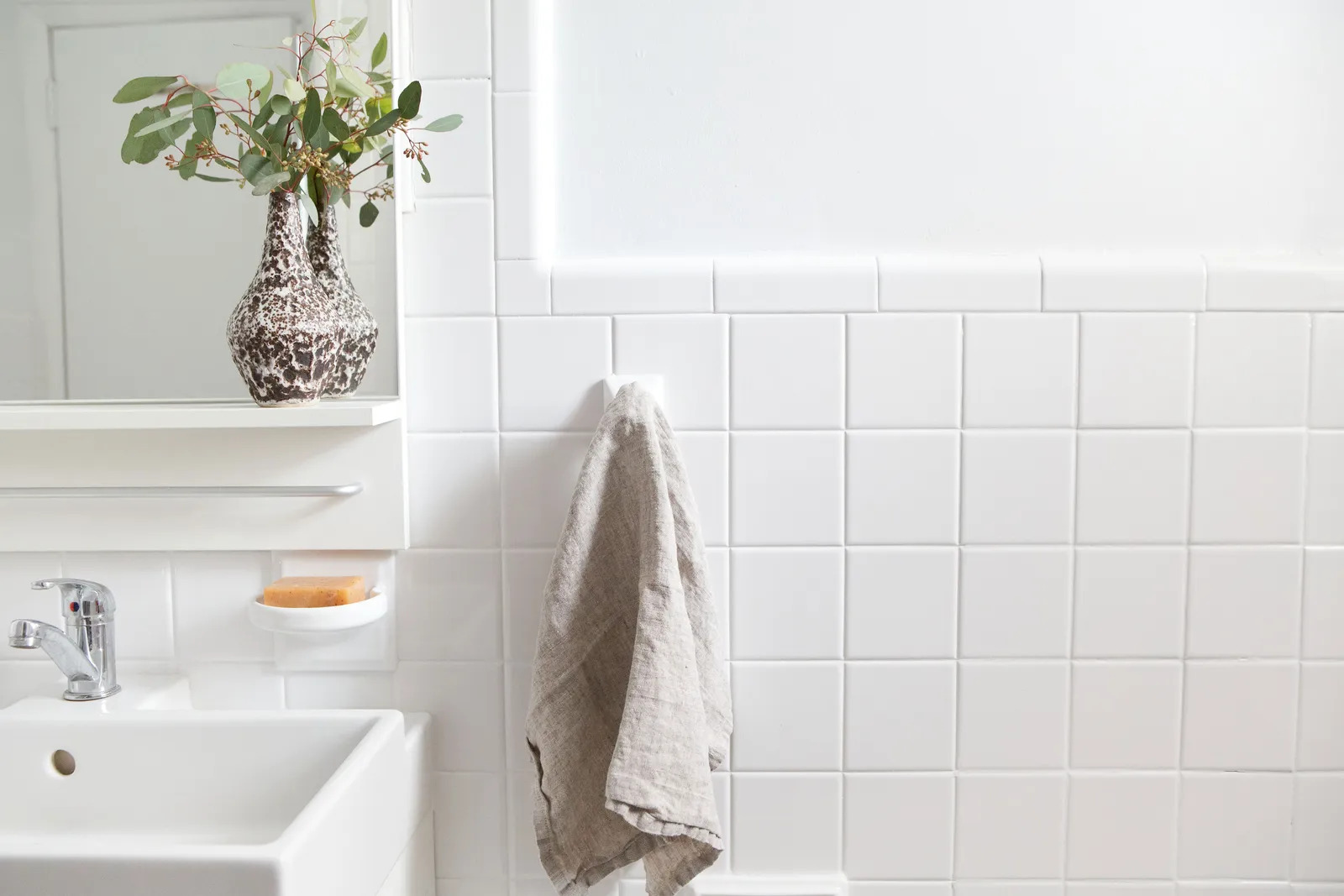
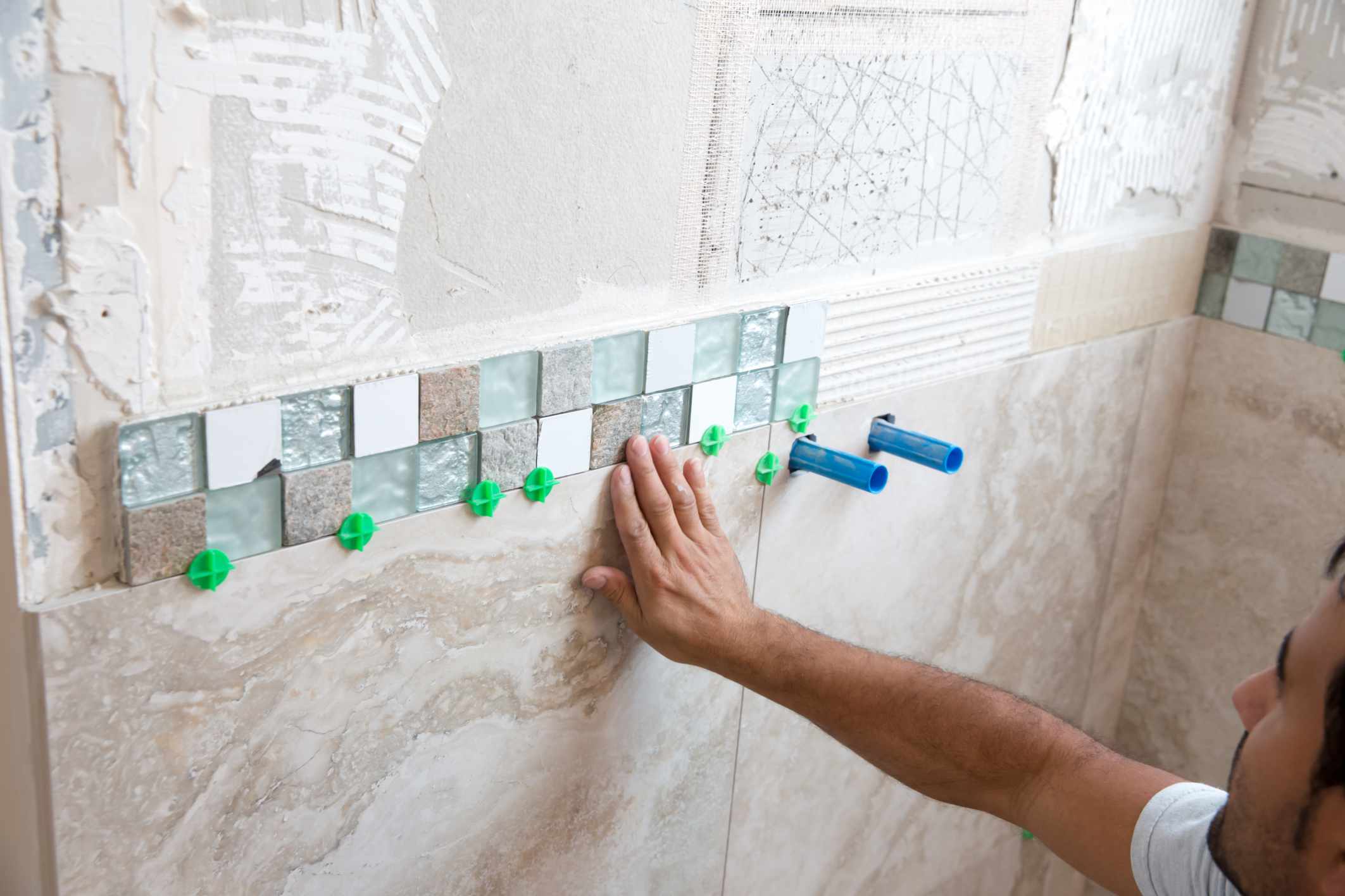
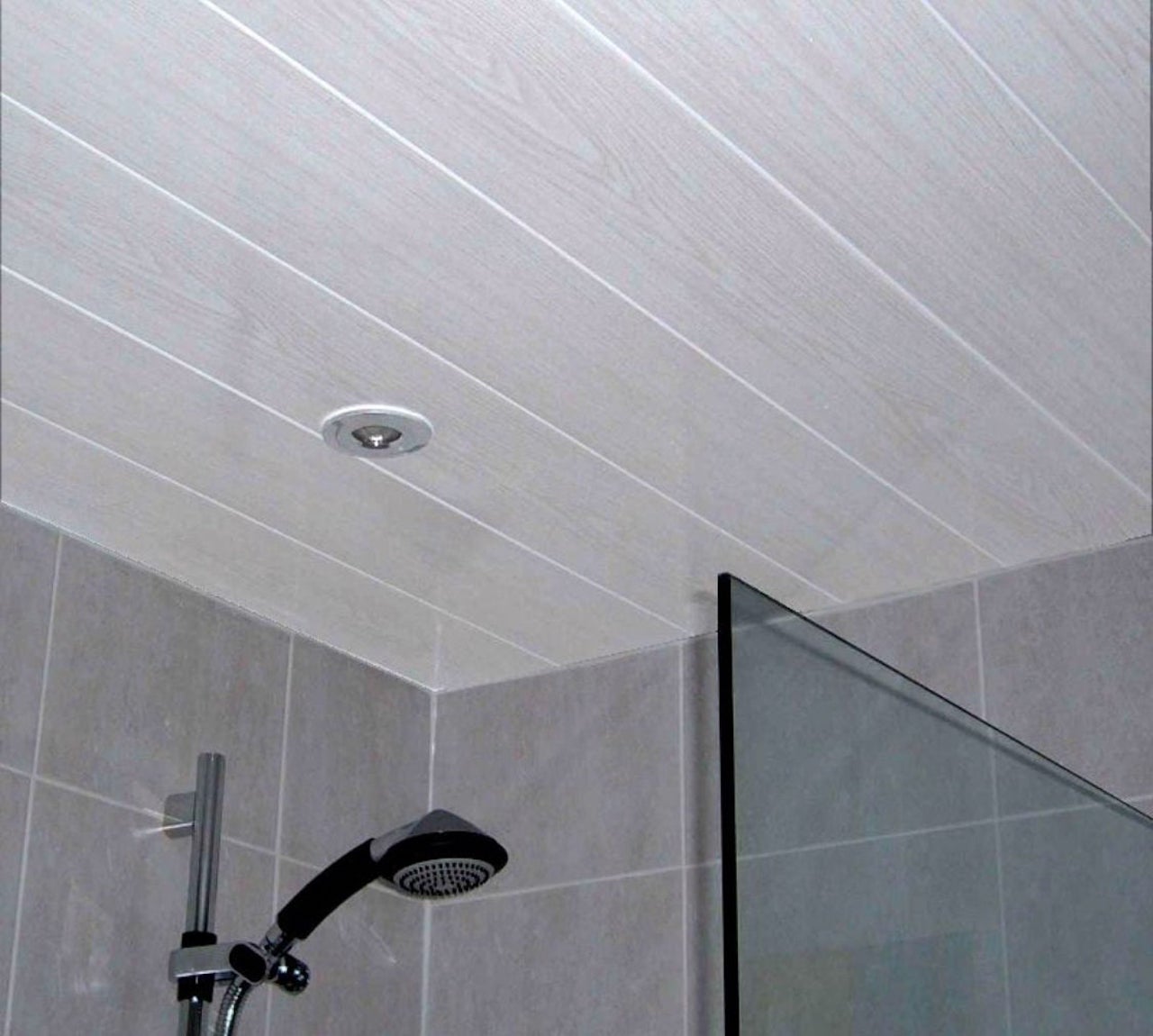
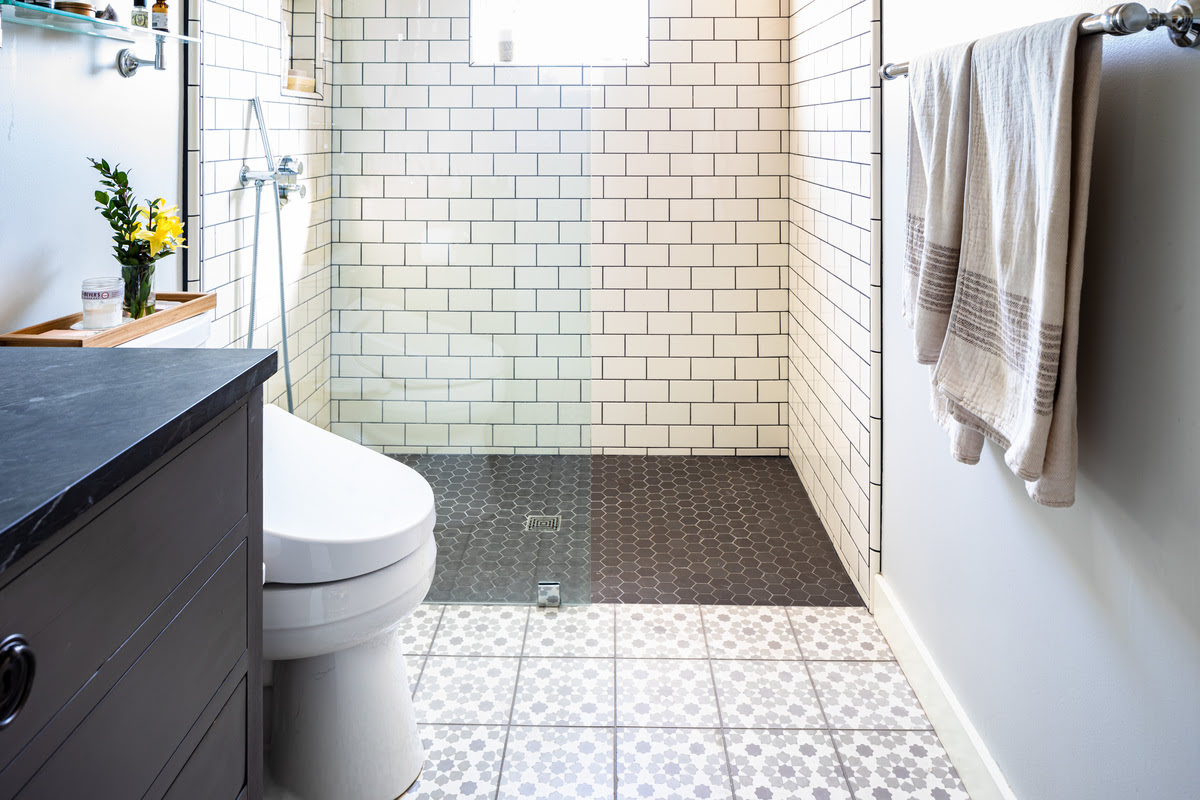
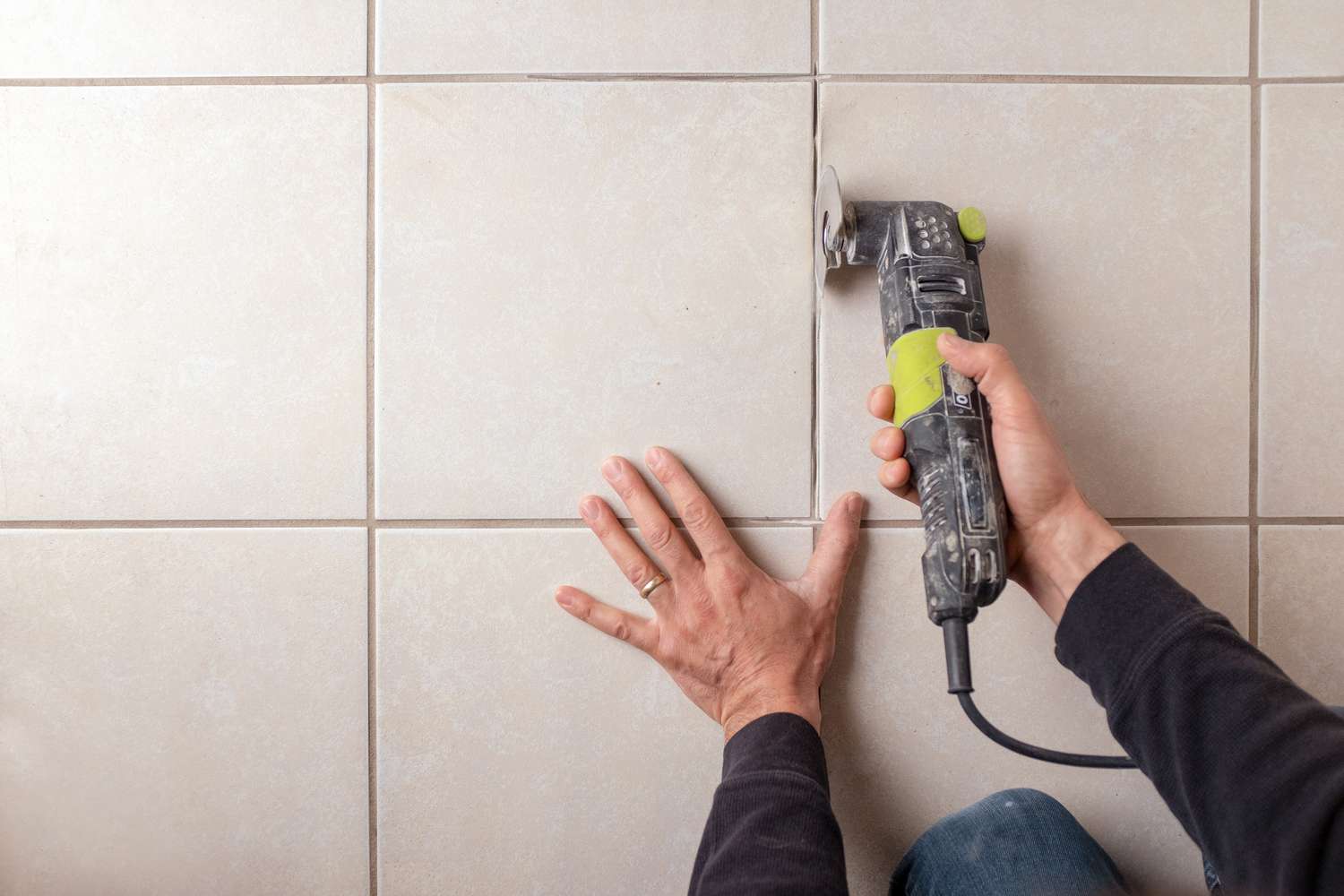
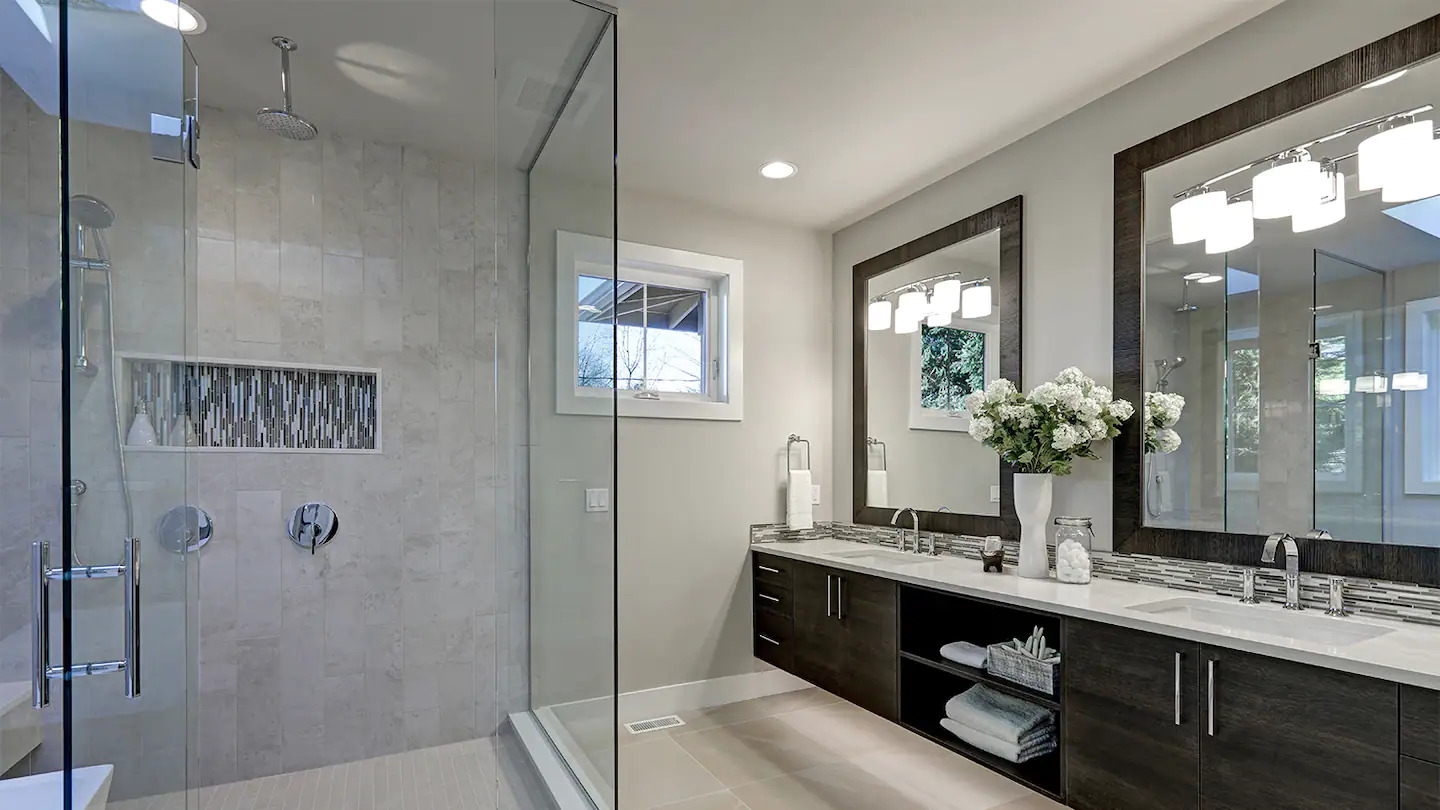
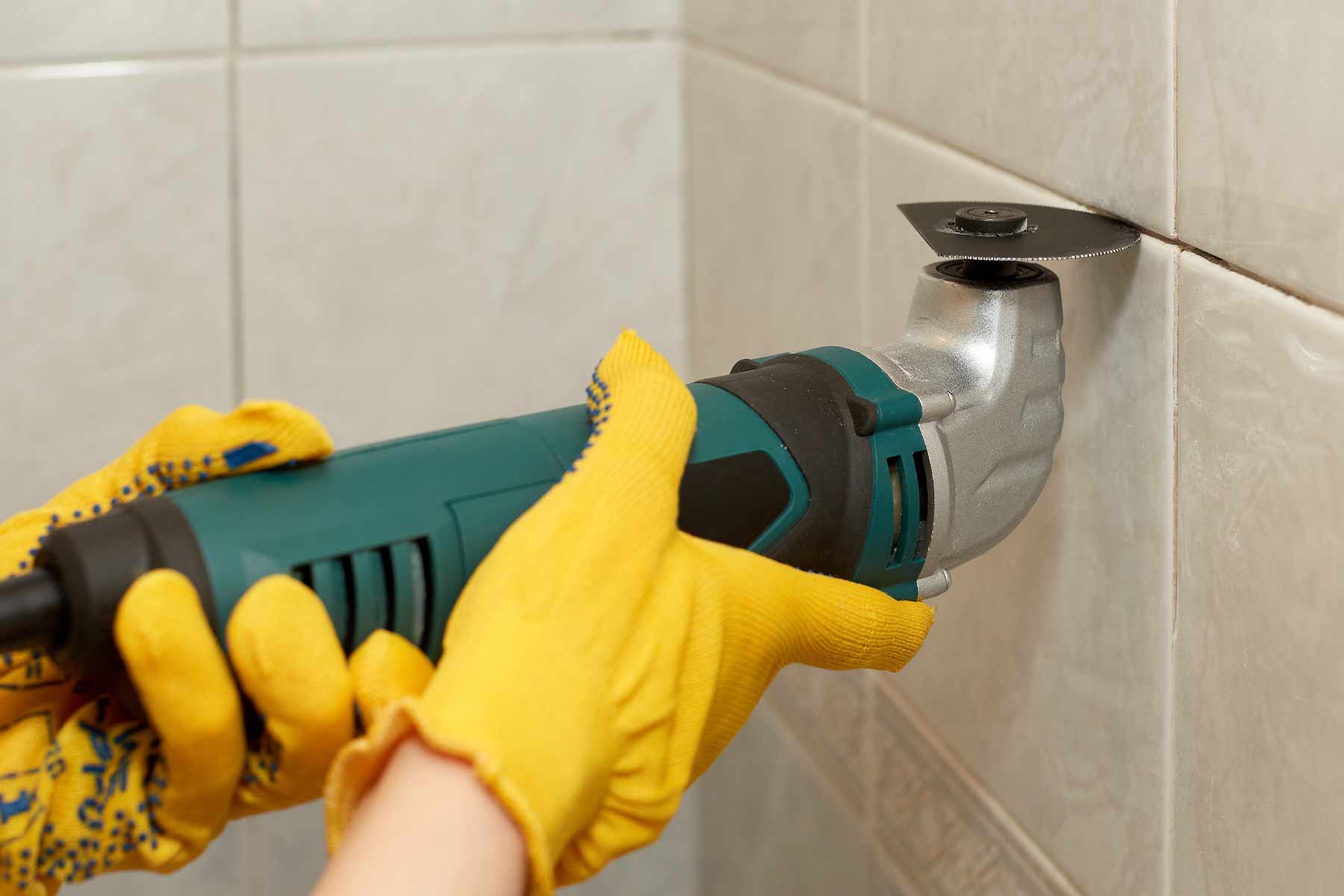
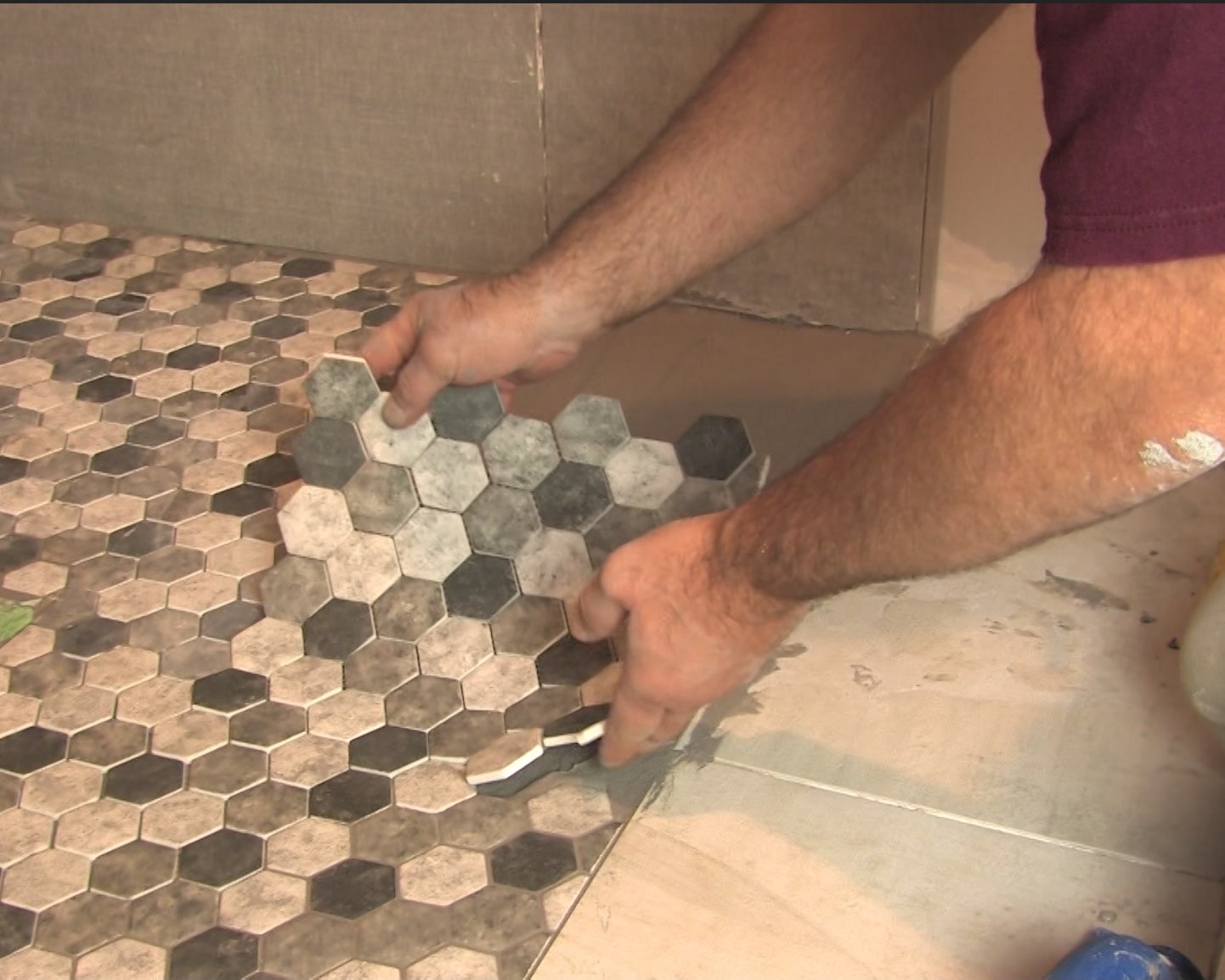
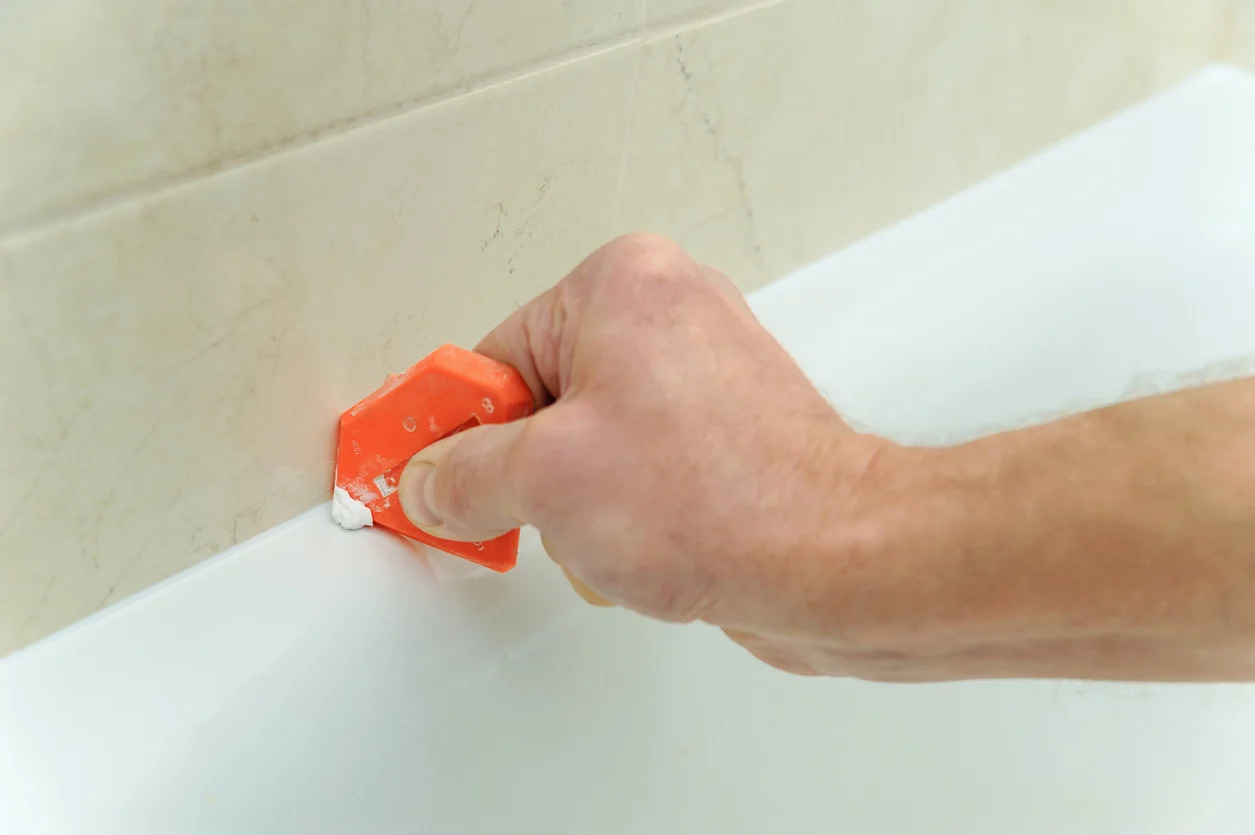
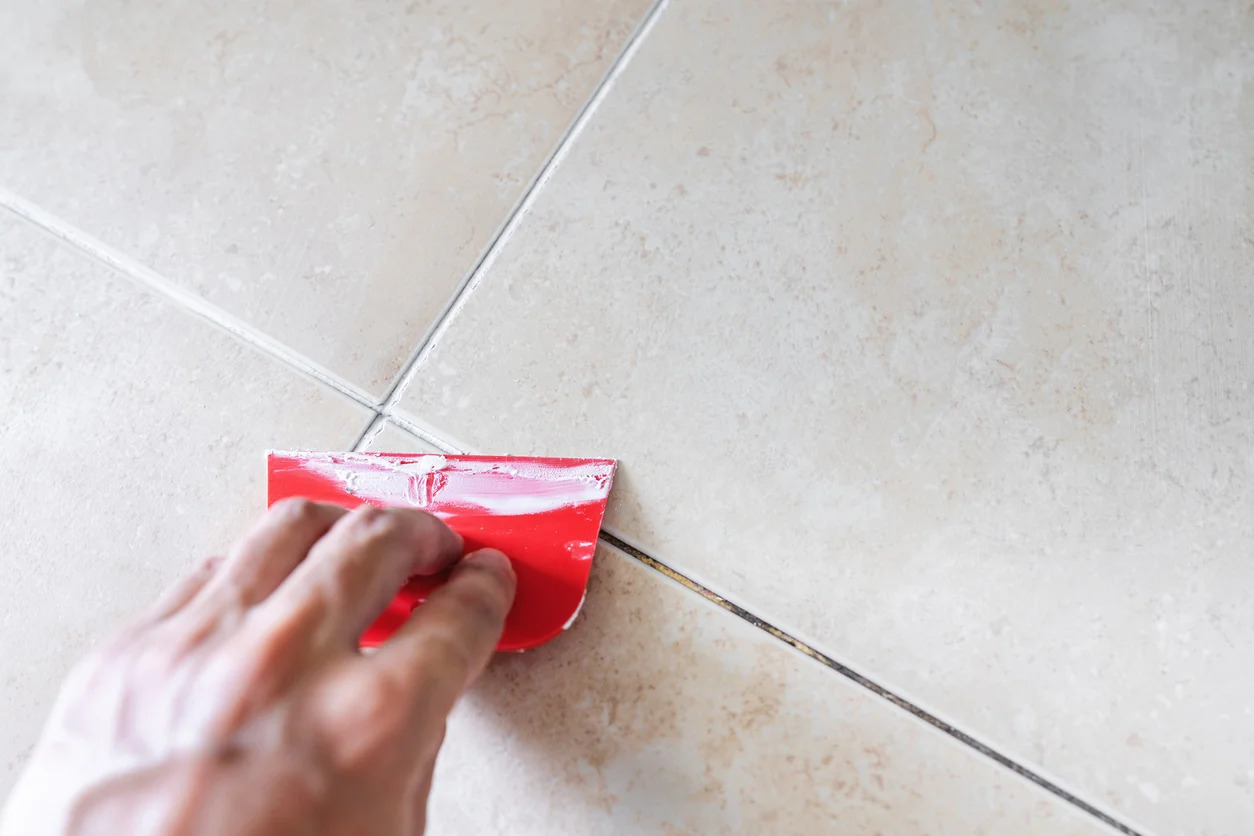
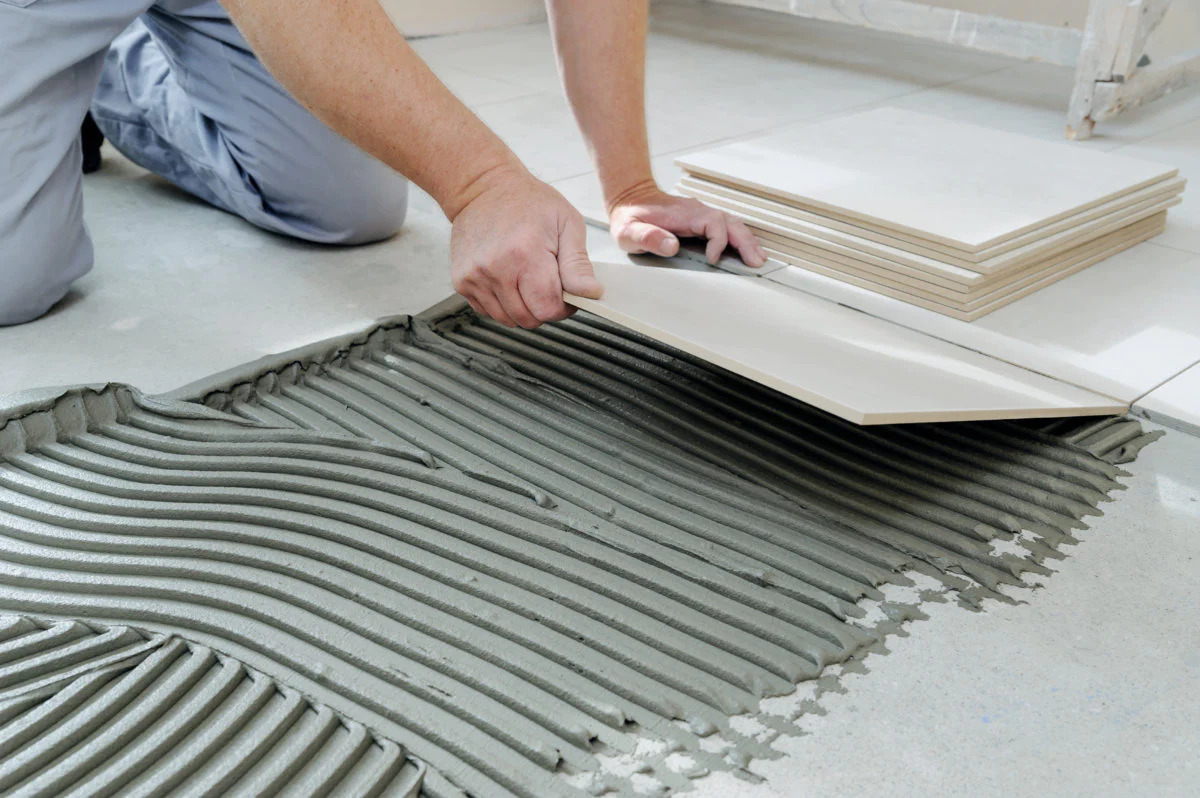

0 thoughts on “How To Tile In A Shower: Step-by-step”